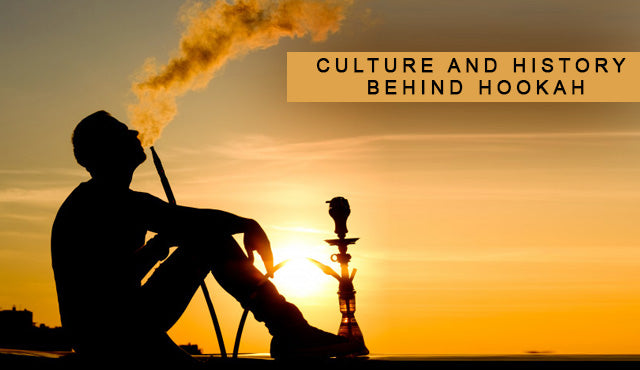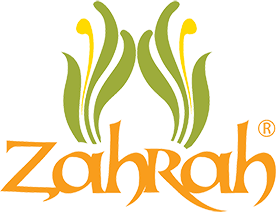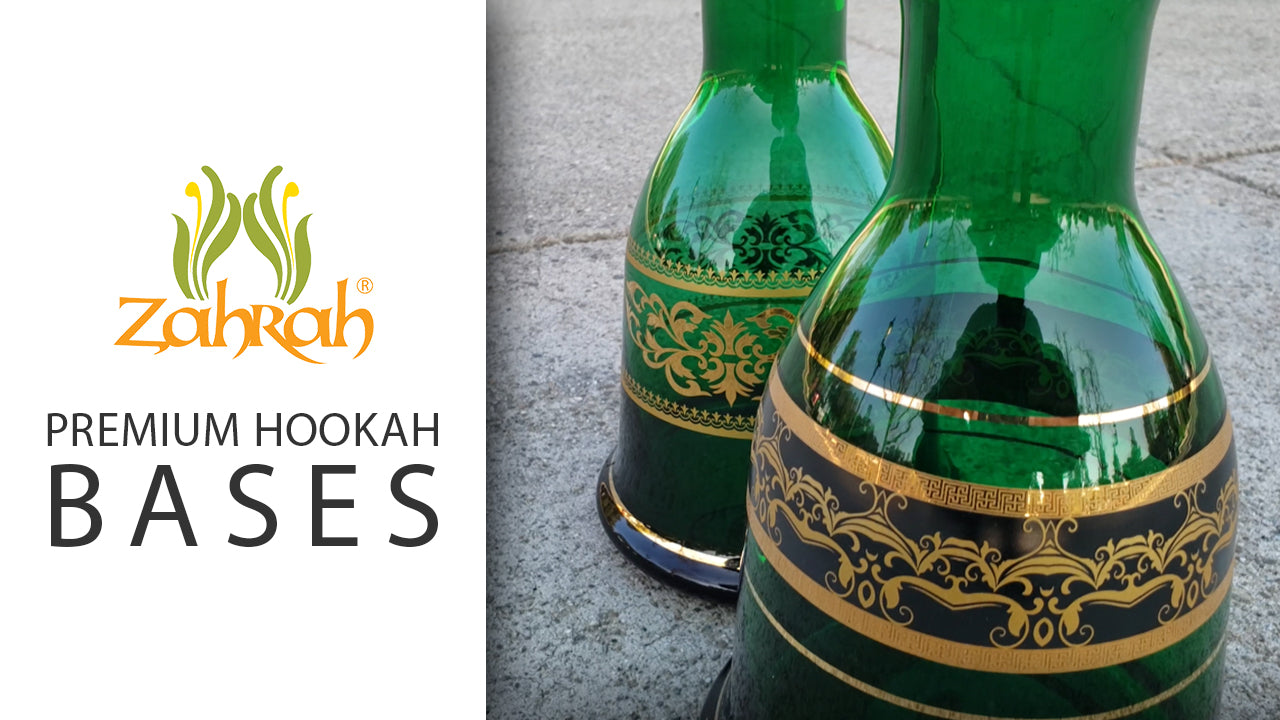
The culture and history behind hookah
Hookah culture is a group of adults smoking flavored tobacco from a water pipe, socializing and having a good time. Original hookah culture was created for conversation and social connections. It has passed from generation to generation, especially among Egyptian, Turkish, Indian and Persian communities. It is a social activity that is meant to entertain, relax, provide hospitality and/or strengthen bonds.
The first documented hookah dates to the 16th century in India. However, during these times, smoking tobacco was only possible for noblemen, those wealthy enough to afford such entertainment. It was not until the 17th century that hookah gain popularity in Persian culture. Burley, or dark leaf tobacco, was used. Craftsmen quickly made hookah accessible to everyone, even servants at the time. It soon reached Turkish culture in the 18th century and hookah blossomed into intricate designs, even royal and religious markings.
The Middle East didn’t see the tradition spread until the 19th century and it started taking the traditional form of tobacco we see today. The tobacco was typically mixed with honey or molasses. It is also around this time that hookah cafes starting to take hold and a sense of community was sprung. The 20th Century saw a continual increase in popularity and usage, along with an improved quality in products, hookah accessories and tobacco itself. Shisha flavors became as vast as the imagination could carry as well.
Even with all the advancements, changes, updates and more, the art of smoking hookah has remained a cultural expression in many countries. It has also retained its social nature, helping bring people together for a delicious session. There is no doubt that hookahs will continue to change and improve, but we can all rest assured that the tradition will never die out. Hookah brings different people together in one social setting that promotes the use of all five senses.


